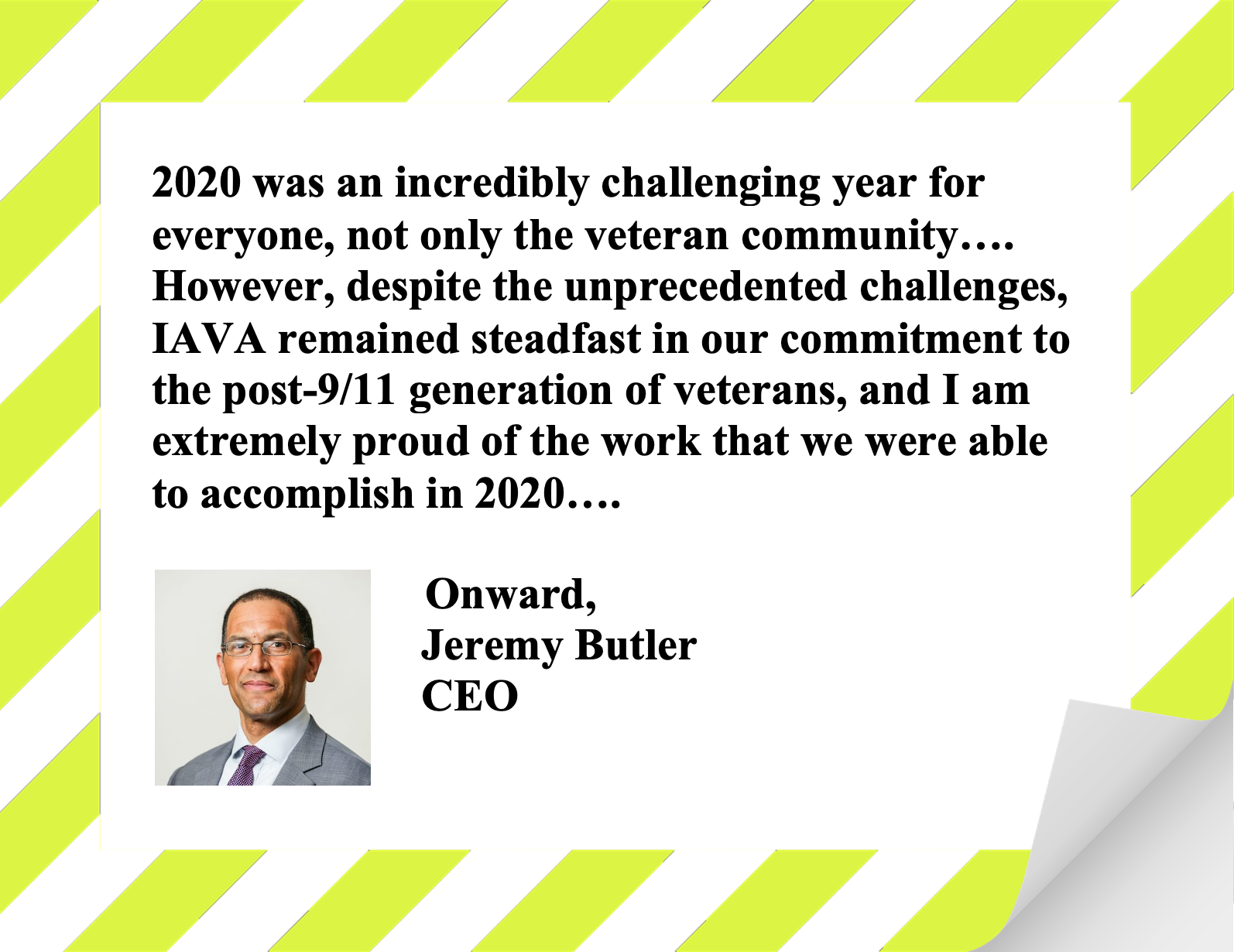IAVA's Policy Agenda for the 117th Congress
Support for Injuries from Burn Pits and Toxic Exposures
Support for Injuries from Burn Pits and Toxic Exposures
According to IAVA’s most recent member survey, 86% of IAVA members were exposed to burn pits during their deployments and over 88% of those exposed believe they already have or may have symptoms.
Year after year, the concern grows surrounding the health impacts of burn pits and toxic exposures in recent conflicts. Burn pits were a common way to get rid of waste at military sites in Iraq and Afghanistan, particularly between 2001 and 2010. The effect of burn pits is not just the chemicals in the smoke, but the particulate matter these men and women breathed in from the ashes and dust from the fires themselves.
There are other hazards beyond burn pits that occurred in Iraq and Afghanistan that may pose danger for respiratory illnesses including human waste, irritant gases, high levels of fine dust, heavy metals in urban environments, explosives and depleted uranium used in munitions. Furthermore, shortly after 9/11, U.S. servicemembers served at the Karshi-Khanabad Air Base (K2), a former Soviet base in Uzbekistan that had held chemical weapons enriched with Uranium. Thousands of veterans were exposed to these dangerous toxins at this base, and many now suffer from rare cancers and other ailments. A study was directed by a January 2021 executive order on impacts on those who served at K2 and should be submitted with findings to the president by the secretary of Defense.
Without due attention, this issue is becoming the Agent Orange of the post-9/11 era of veterans. It is past time that comprehensive action is taken to address the growing concern that these exposures have had severe impacts on veterans’ long term health.
Similarly, like burn pit toxic exposure and radiation exposure, blast exposure is both extremely dangerous to servicemember health and very difficult to detect without technology.
IAVA’s veteran care partners work with veterans who are suffering from the impacts of burn pits and toxic exposures. They can assist veterans with access to quality medical care, enrollment in the VA’s Burn Pit Registry, and advocacy on their behalf.
IAVA's Approach
IAVA's Policy Priorities
Select a topic from the list below to learn about IAVA’s policy recommendations for the 117th Congress.

